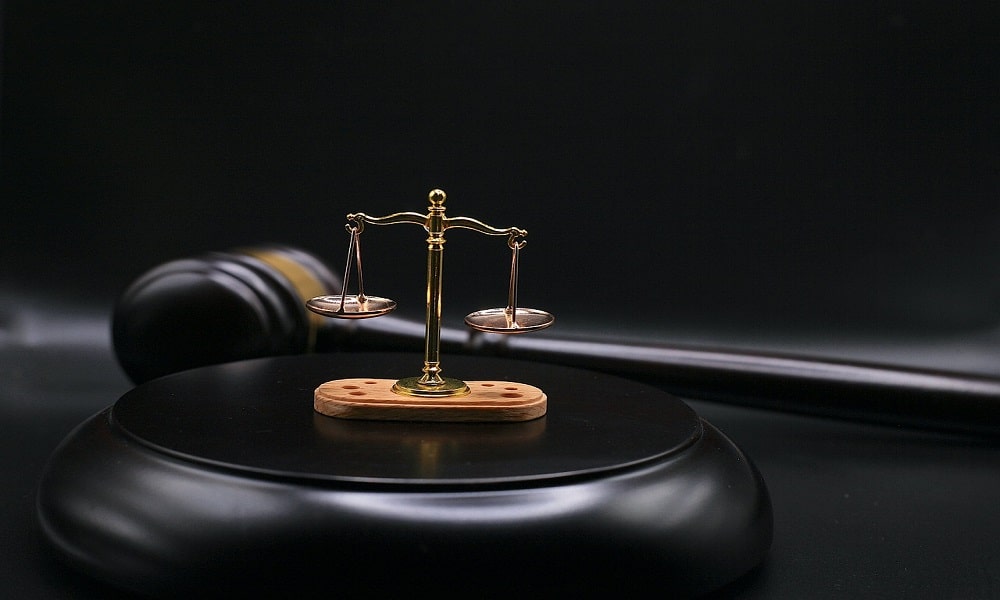In today’s litigious society, businesses must be vigilant in protecting themselves against slip and fall lawsuits. These lawsuits can be costly and damaging to a company’s reputation. A slip and fall accident refers to a situation where a person is injured on someone else’s property, often due to unsafe conditions. Businesses, especially those that receive a significant amount of public foot traffic, are particularly vulnerable to such claims. Understanding the risks and implementing effective prevention strategies is crucial for any business owner.
Understanding the Legal Landscape
The legal landscape surrounding slip and fall accidents can be complex, varying from state to state. For instance, a San Diego pedestrian accident lawyer might explain that in California, the legal doctrine of comparative negligence applies, which can influence the outcome of a lawsuit. This doctrine takes into account the possibility that the injured party might have contributed to their own fall. Understanding these nuances is key to formulating a robust legal defense strategy. Businesses should consult with legal professionals familiar with their state’s laws to ensure they are adequately protected.
Regular Maintenance and Safety Checks
One of the most effective ways to prevent slip and fall accidents is to maintain the premises regularly. This includes routine checks for potential hazards such as wet floors, uneven surfaces, or obstructed walkways. Implementing a consistent maintenance schedule not only helps in identifying risks early but also demonstrates a commitment to safety, which can be beneficial in the event of a legal dispute.
Weather-Related Precautions
In areas with extreme weather conditions, additional precautions are necessary. This includes ensuring proper snow and ice removal during the winter and addressing potential hazards from rain or storms. Seasonal maintenance is crucial for businesses in such climates to ensure safety throughout the year.
Clear Signage and Warnings
Clear signage is essential in alerting customers and visitors to potential hazards. Warning signs should be placed in visible areas to alert people of wet floors, ongoing construction, or other temporary hazards. This proactive approach not only helps prevent accidents but also serves as evidence that the business took reasonable steps to warn people of potential dangers.
Employee Training and Awareness
Employees play a crucial role in preventing slip and fall accidents. Training staff to recognize and address hazards promptly is critical. Employees should be taught how to properly clean spills, remove obstacles from walkways, and report potential dangers. A well-trained staff can act as the first line of defense against slip and fall incidents.
Adequate Lighting and Visibility
Poor lighting can significantly increase the risk of slip and fall accidents. Ensuring that all areas of the business, especially walkways and staircases, are well-lit can greatly reduce this risk. It is important to regularly check and maintain lighting fixtures to ensure they are functioning properly.
Proper Flooring and Materials
The choice of flooring materials can also impact the likelihood of slip and fall accidents. Businesses should opt for non-slip materials, especially in areas prone to moisture. Additionally, maintaining the condition of the flooring, such as repairing any cracks or uneven surfaces, is crucial in preventing accidents.
Documentation and Record-Keeping
In the event of an accident, having detailed records can be invaluable. This includes documentation of maintenance schedules, employee training sessions, and incident reports. These records can provide crucial evidence that the business took reasonable steps to ensure safety, which can be instrumental in defending against a lawsuit.
Insurance Coverage
While prevention is key, having adequate insurance coverage is also essential for protecting a business from the financial impact of a lawsuit. Liability insurance can help cover legal fees and any settlements or judgments. It is important to review insurance policies regularly to ensure they provide sufficient coverage for the specific risks associated with the business.
Technology and Safety Equipment
Investing in technology and safety equipment can further reduce the risk of accidents. For example, moisture-absorbent mats can be placed at entrances to prevent water accumulation. Anti-slip tape and floor coatings can also be applied in areas prone to slipperiness. In addition, surveillance cameras can monitor ongoing activities and help in identifying potential hazards quickly.
Continuous Improvement and Feedback
Finally, businesses should adopt a mindset of continuous improvement. This includes regularly soliciting feedback from employees and customers about potential safety improvements and staying informed about new safety technologies and practices. A proactive approach to safety can lead to ongoing improvements, making the business environment safer for everyone.
Conclusion
Protecting a business from slip and fall lawsuits requires a multi-faceted approach. Regular maintenance, clear signage, employee training, adequate lighting, proper flooring, thorough documentation, and sufficient insurance coverage are all critical components of a comprehensive prevention strategy. By understanding the legal landscape and implementing these measures, businesses can significantly reduce their risk of slip and fall accidents and the associated legal repercussions.


